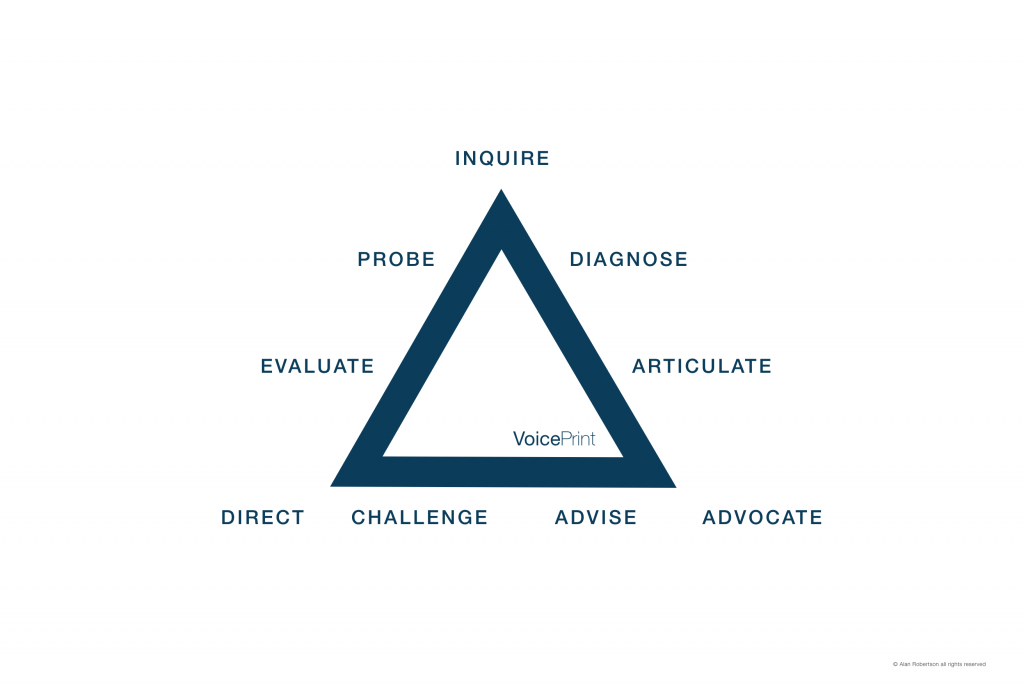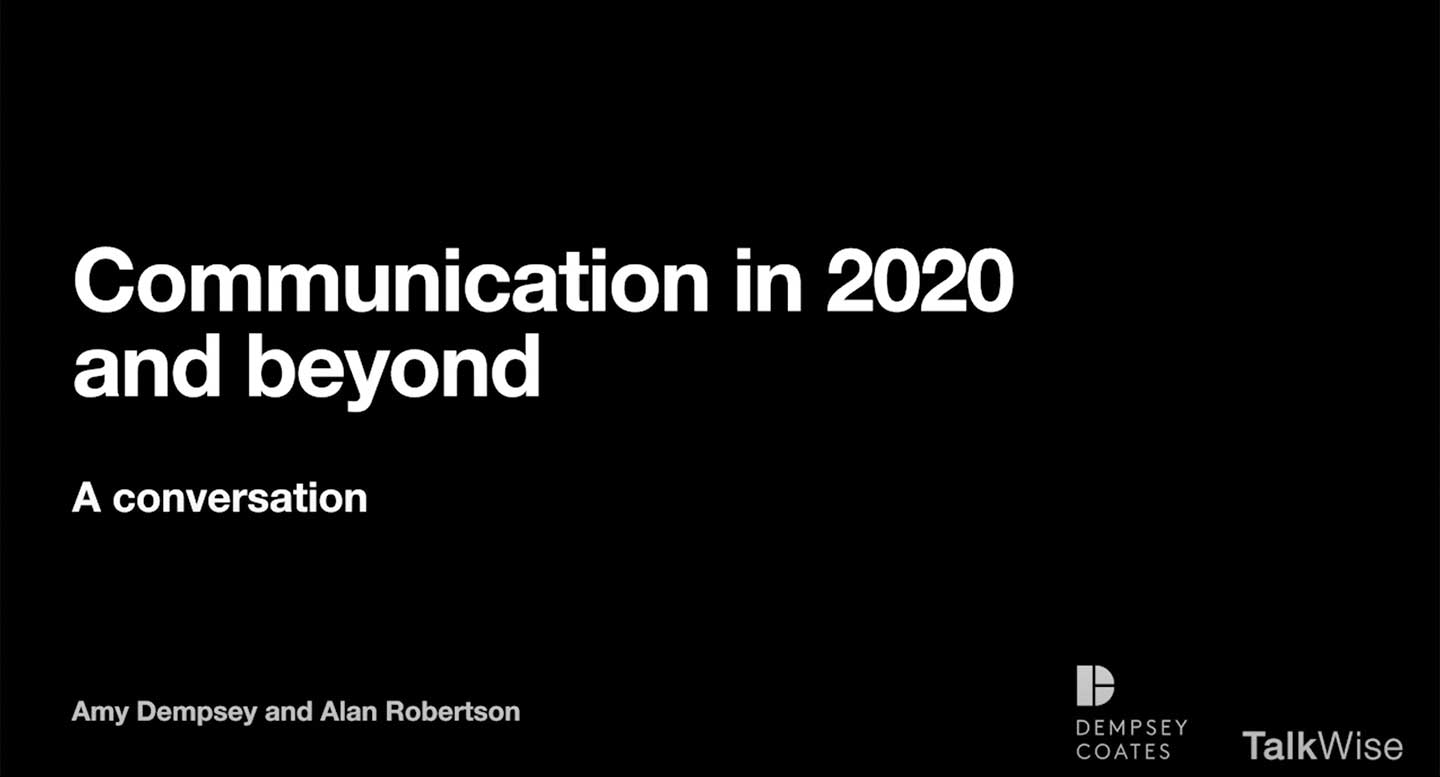A common recommendation on how to improve meetings is to ensure that they have a clear agenda. Other bits of good advice then include sticking to that agenda and making sure that you deal with the most important items first. But here’s a further suggestion that can make a huge difference when it comes to making meetings more productive.
Frame your agenda items as issues rather than topics.
That way your talks can be kept much more to the point.
The basic idea is simple, as a few examples can demonstrate:
- ‘Budget Review’ is a topic. ‘Impact of recent over-spends’ is an issue.
- ‘Recruitment Situation’ is a topic. ‘Causes of our retention difficulties’ is an issue.
- ‘Operational Risk’ is a topic. ‘Identifying areas of greatest operational risk’ is an issue.
It’s easy to put together a list of topics and call it an agenda, but that doesn’t give your meeting enough clarity of purpose. Whoever is responsible for putting together the agenda, and for leading, chairing or facilitating the meeting when it takes place, should therefore take the trouble to turn the broad subject area, however important it may be in a general sense, into a much more specific articulation of what aspect of that topic needs to be discussed now.
How do you convert topics into issues?
By using the exploring voices. Probing and diagnosing questions in particular help you to find and define the issue behind the headline.
- Why do we need to talk about this subject now?
- What is it about this topic that needs our attention?
- What exactly is the problem (or opportunity) that needs to be discussed?
This in itself brings you much closer to a potentially useful discussion. It might convert a topic, like the Monthly Performance Report, into an issue, like ‘We spend too much time arguing about the numbers rather than making practical use of the report.’
But then what? Two more key questions are needed to set a good agenda item.
How will talking about this help us to achieve our goals and objectives?
What sort of conversation does this issue need now?
The aim of these questions is to clarify not just the issue but also the sort of meeting that it needs: a sharing of information, an exploration of different views, a weighing of options, a decision? A few meetings involve all these dimensions. Many do not. They only need to address one or two of these aspects at that particular point in time. But agendas that are not clear in this respect tend to turn into meetings that become unfocused, sprawling, time-consuming, frustrating and unproductive.
A well-framed agenda item includes a verb which indicates the nature of the meeting, what sort of talking it will require.
Imagine the issue, ‘Our sponsoring of personal development courses is sometimes counter-productive.’ Now it can be helpful to express an issue provocatively to stimulate people to think hard about it, but you also need to be clear about how you want to discuss it. Here are three different ways of framing an agenda item around this issue. What sort of meeting is each of these likely to produce?
- Discuss costs and benefits of sponsoring personal development courses.
- Attend presentation + Q & A with some of our sponsored students.
- Decide whether to stop sponsoring personal development courses.
The first invites the offering and consideration of both facts and opinions, and is an essentially investigative discussion. The second is primarily an occasion for listening, inquiring and reflecting. The third makes the need to come to a conclusion more immediate, so it is a meeting where any disagreements need to be not only aired but also resolved.
Each of these is a legitimate type of meeting, but they also illustrate how timing and sequence matter for agenda-setting. Having the right meeting at the right time is an important part of making meetings productive.
One final tip.
Some meetings become unproductive because they are too indecisive: they have no clear outcome or action points. But not all meetings need to be decisive: some are about gathering information or exploring possibilities rather than arriving at a decision about them. Unfortunately some people obsess about always needing to be decisive and this can put pressure both on them and on the meeting as a whole, often resulting in time and energy being wasted in arguing that is either unnecessary, under-informed or simply premature.
‘Have we come to a decision?’ is a high-stakes question. It’s appropriate, if the purpose of the meeting is to arrive at a final decision. But many meetings are necessarily less conclusive; they are earlier parts of the overall process of involving people, figuring things out and working them through. For these meetings, a more useful question is more simply, ‘Have we moved things forward?’
Because, one way or another, that’s what a productive meeting should always do: make progress with an issue. Otherwise, you have to ask, why bother to have it?

Alan Robertson


